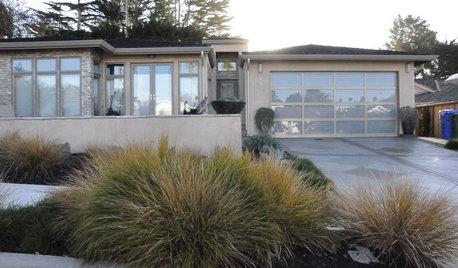Bondo for fixing exterior wood trim?
rosesr4me
16 years ago
Featured Answer
Comments (24)
ron6519
16 years agobrickeyee
16 years agoRelated Professionals
Ballenger Creek Kitchen & Bathroom Designers · Clarksburg Kitchen & Bathroom Designers · Fox Lake Kitchen & Bathroom Designers · Haslett Kitchen & Bathroom Designers · Queen Creek Kitchen & Bathroom Designers · Saratoga Springs Kitchen & Bathroom Designers · Waianae Kitchen & Bathroom Designers · Avondale Kitchen & Bathroom Remodelers · Blasdell Kitchen & Bathroom Remodelers · Payson Kitchen & Bathroom Remodelers · South Jordan Kitchen & Bathroom Remodelers · Daly City Architects & Building Designers · Panama City Beach Architects & Building Designers · Saint James Architects & Building Designers · Vancouver Architects & Building Designersjohnmari
16 years agorosesr4me
16 years agojohnmari
16 years agowangshan
16 years agoclanross
12 years agoUser
12 years agociv_IV_fan
12 years agobrickeyee
12 years agosombreuil_mongrel
12 years agobeaniebakes
12 years agoColorscape_Inc
9 years agoDebbie Downer
9 years agociv_IV_fan
9 years agorwiegand
9 years agodirt_cred
9 years agoHalebuilt6
9 years agogeoffrey62
8 years agoHeather
7 years agogearhead53
6 years agoDebbie Downer
6 years agoGerald Mucci
6 years ago
Related Stories

SELLING YOUR HOUSEFix It or Not? What to Know When Prepping Your Home for Sale
Find out whether a repair is worth making before you put your house on the market
Full Story
HOUSEKEEPINGWhat's That Sound? 9 Home Noises and How to Fix Them
Bumps and thumps might be driving you crazy, but they also might mean big trouble. We give you the lowdown and which pro to call for help
Full Story
LIFEYou Showed Us: 20 Nutty Home Fixes
We made the call for your Band-Aid solutions around the house, and you delivered. Here's how you are making what's broken work again
Full Story
SELLING YOUR HOUSE5 Savvy Fixes to Help Your Home Sell
Get the maximum return on your spruce-up dollars by putting your money in the areas buyers care most about
Full Story
DECORATING GUIDESFix Those 'Whoopsies': 9 Fast Solutions for Decorating Mistakes
Don't suffer in silence over a paint, furniture or rug snafu — these affordable workarounds can help
Full Story
EXTERIORSCurb Appeal Feeling a Little Off? Some Questions to Consider
Color, scale, proportion, trim ... 14 things to think about if your exterior is bugging you
Full Story
GARAGESA New Look for the Overlooked Garage Door
Aluminum, Glass and Wood Bring the Garage Into Your Architecture
Full Story
TRIMWhat Color Should You Paint Your Trim?
Learn the benefits of painting your trim white, black, neutral, a bold color and more
Full Story
REMODELING GUIDESDesigner Confessions: Torn Between Wood Floors
19 Photos to Help You Choose a Wood Floor Finish
Full Story
REMODELING GUIDESWhen to Use Engineered Wood Floors
See why an engineered wood floor could be your best choice (and no one will know but you)
Full Story









akamainegrower